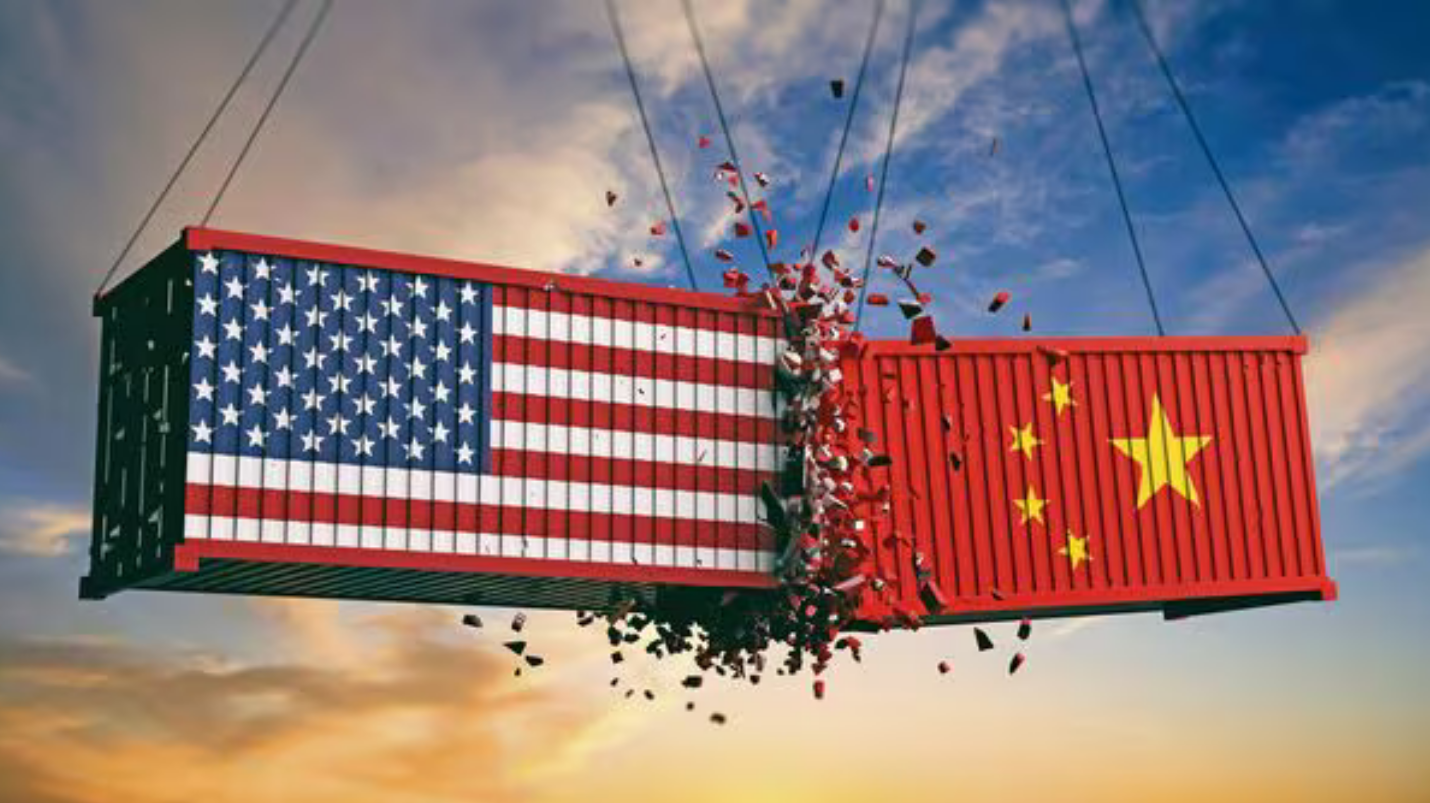U.S.-China Trade War Erupts: Trump Imposes 145% Tariffs as Global Markets Reel President Donald Trump's trade war with China has escalated dramatically, with U.S. tariffs on Chinese goods reaching an unprecedented 145% and Beijing responding with 125% duties on American exports. This rapid exchange of economic blows, triggered by a series of escalating tariff announcements over the past week, has sent global markets into turmoil and threatens livelihoods from manufacturing workers in Guangzhou to small business owners in Illinois.
Economics
•
U.S.-China Trade War Erupts: Trump Imposes 145% Tariffs as Global Markets Reel
By Junction News
- Economics Division
